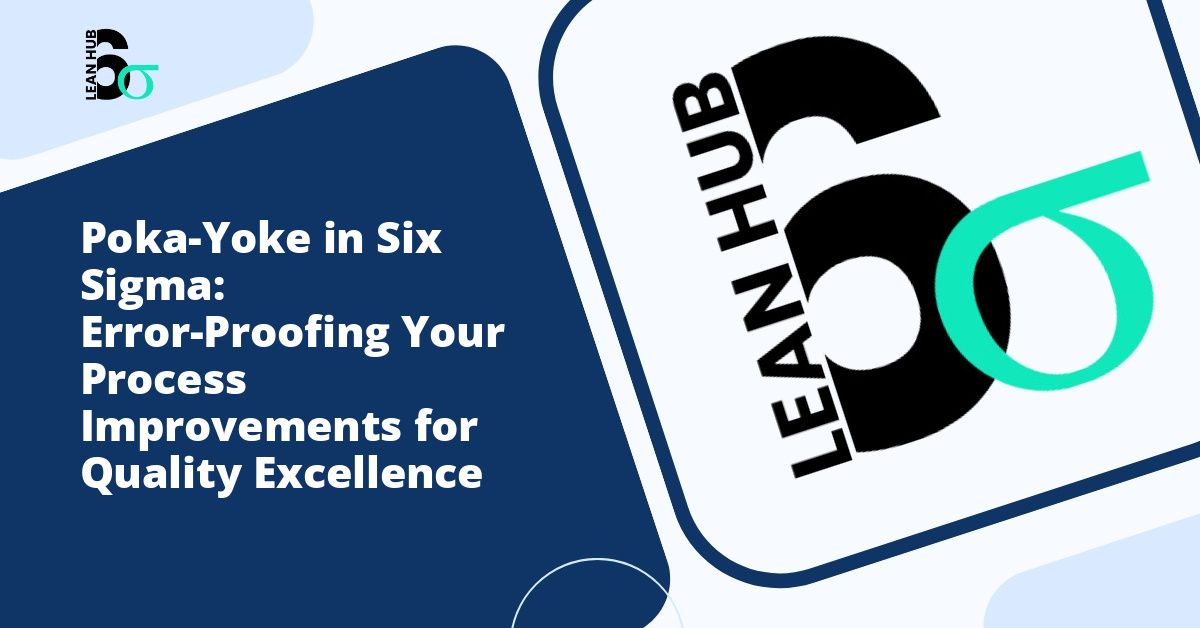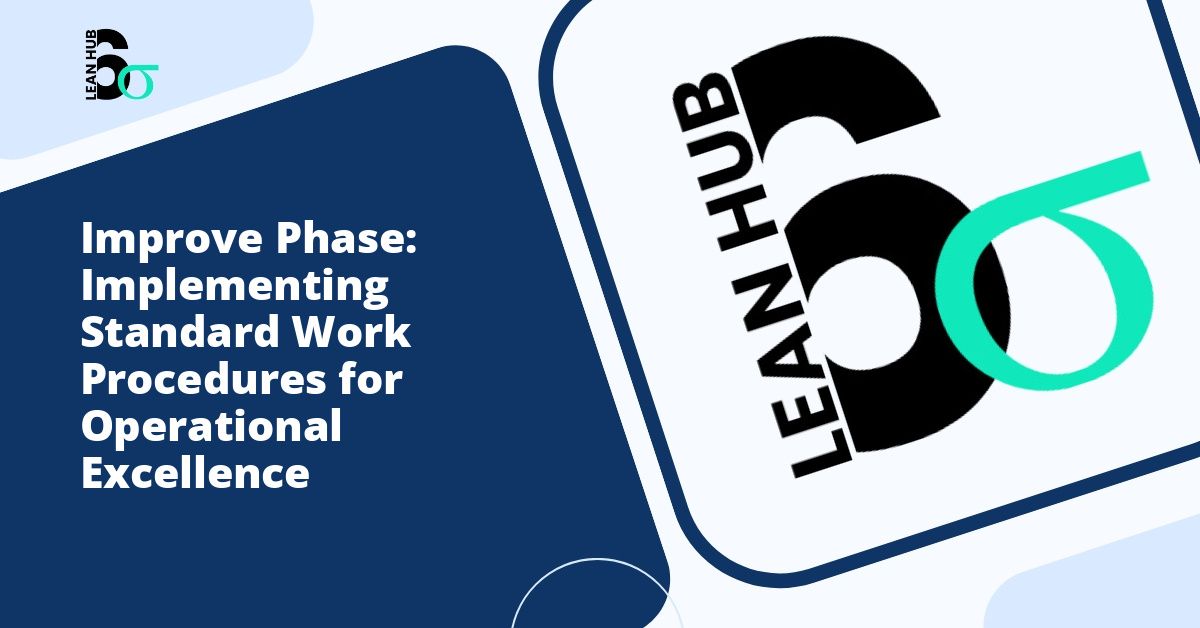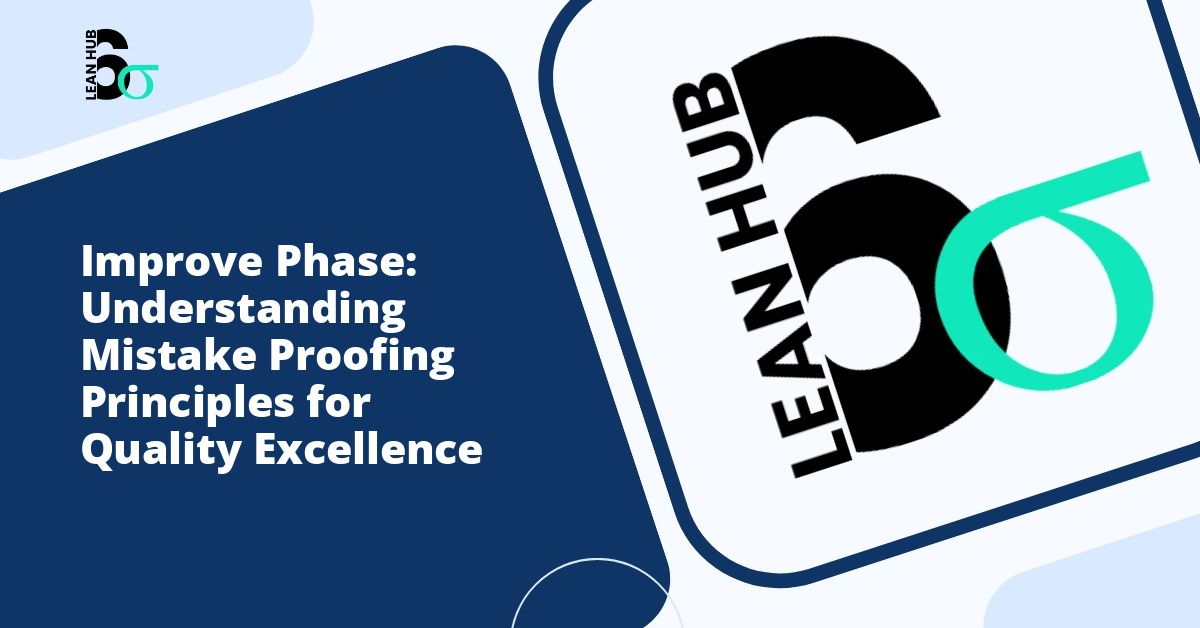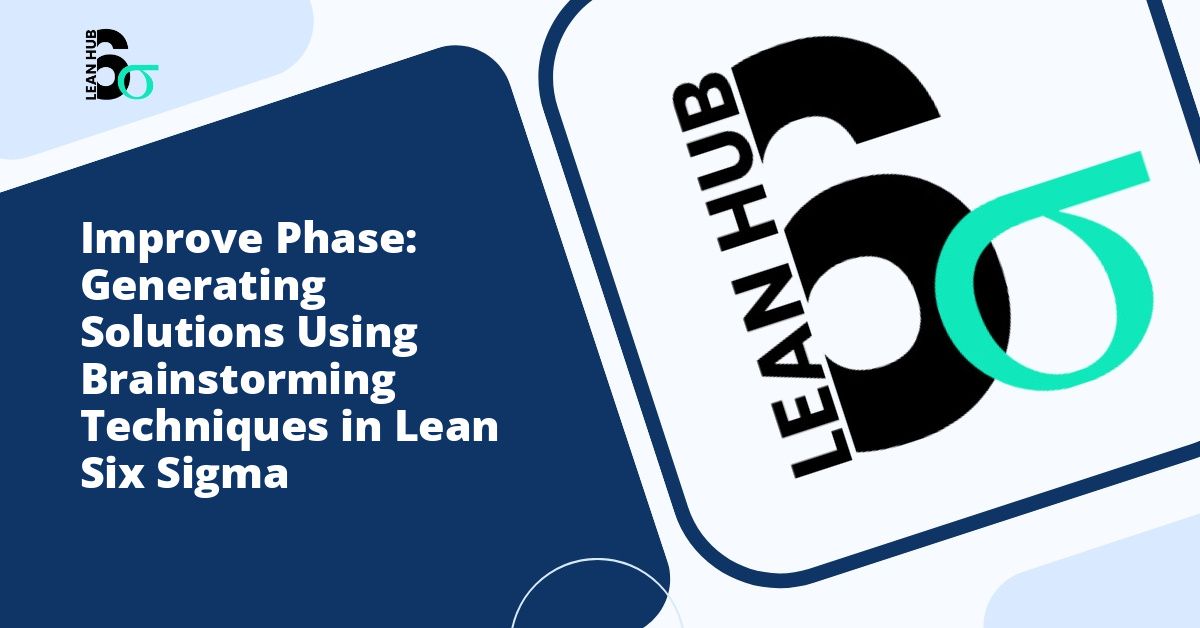In the pursuit of operational excellence, organizations continuously seek methods to eliminate errors and defects from their processes. Within the framework of Lean Six Sigma methodologies, one powerful technique stands out for its simplicity and effectiveness: Poka-Yoke. This Japanese concept, which translates to “mistake-proofing” or “error-proofing,” has revolutionized how businesses approach quality management and process improvement.
Understanding Poka-Yoke: The Foundation of Error Prevention
Poka-Yoke is a quality assurance technique developed by Japanese engineer Shigeo Shingo in the 1960s while working for Toyota. The concept is built on a simple yet profound principle: design processes and systems in such a way that errors become impossible or immediately detectable. Rather than relying on human vigilance and perfection, Poka-Yoke acknowledges human fallibility and creates safeguards that prevent mistakes before they occur or catch them immediately after they happen. You might also enjoy reading about Design of Experiments Explained: Testing Multiple Variables Simultaneously for Better Results.
The beauty of Poka-Yoke lies in its accessibility. Unlike complex statistical tools or expensive technology solutions, error-proofing devices can often be implemented with minimal cost and maximum impact. This makes it an invaluable component of any lean six sigma initiative, where the goal is to reduce variation, eliminate waste, and improve quality throughout organizational processes. You might also enjoy reading about Lean Six Sigma Improve Phase: The Complete Guide for 2025.
The Role of Poka-Yoke in Lean Six Sigma Methodology
Lean Six Sigma combines the waste-reduction principles of Lean manufacturing with the defect-elimination focus of Six Sigma. Within this comprehensive framework, Poka-Yoke serves as a practical tool that bridges theory and application. During the DMAIC (Define, Measure, Analyze, Improve, Control) process, Poka-Yoke devices typically emerge as solutions during the Improve phase and become integral to the Control phase. You might also enjoy reading about Pilot Testing in Six Sigma: How to Test Solutions Before Full Implementation.
When practitioners recognize phase opportunities for improvement, they often identify recurring human errors or process variations that contribute to defects. This is precisely where Poka-Yoke mechanisms become invaluable. By implementing error-proofing devices at critical control points, organizations can sustain improvements and prevent backsliding into old, defect-prone patterns.
Integration with Six Sigma Principles
The integration of Poka-Yoke with Six Sigma principles creates a powerful synergy. While Six Sigma focuses on reducing process variation to 3.4 defects per million opportunities, Poka-Yoke provides practical mechanisms to achieve this ambitious goal. Together, they form a comprehensive approach: Six Sigma identifies where defects occur and quantifies their impact, while Poka-Yoke creates tangible solutions to prevent those defects.
Types of Poka-Yoke Devices and Methods
Understanding the different categories of Poka-Yoke devices helps practitioners select the most appropriate solution for their specific challenges. These error-proofing mechanisms generally fall into two main functional categories and three detection methods.
Functional Categories
Prevention (Control) Methods: These devices make it physically impossible to commit an error. For example, a USB connector that only fits one way prevents incorrect insertion. In manufacturing, fixtures designed to hold parts in only one orientation eliminate assembly errors. These are the most robust form of error-proofing because they eliminate the possibility of mistakes entirely.
Detection (Warning) Methods: These mechanisms identify when an error has occurred and alert the operator before the defect moves forward in the process. Examples include sensors that detect missing components or software that flags incomplete data entries. While not as foolproof as prevention methods, detection systems provide valuable safeguards when prevention is impractical or too costly.
Detection Methods
Poka-Yoke devices employ three primary detection approaches:
- Contact Method: Physical contact triggers detection, such as a sensor that verifies a component is properly seated before allowing the next process step to proceed.
- Fixed-Value Method: This approach ensures the correct number of actions or items, like a tray with specific compartments for each tool, making it immediately obvious if something is missing.
- Motion-Step Method: This detects whether prescribed steps are performed in the correct sequence, such as a checklist system that must be completed in order before moving forward.
Implementing Poka-Yoke in Your Organization
Successful implementation of Poka-Yoke requires a systematic approach that considers both technical and human factors. Organizations that effectively deploy error-proofing devices follow a structured methodology that ensures sustainability and maximum impact.
Step 1: Identify Error-Prone Processes
Begin by conducting a thorough analysis of your processes to identify where errors commonly occur. This aligns with the lean six sigma approach of data-driven decision making. Use tools such as failure mode and effects analysis (FMEA), process mapping, and defect tracking data to pinpoint critical areas. Pay special attention to processes with high defect rates, significant rework requirements, or substantial costs associated with errors.
Step 2: Analyze Root Causes
Understanding why errors occur is essential for designing effective Poka-Yoke solutions. Conduct root cause analysis using techniques such as the Five Whys or fishbone diagrams. Determine whether errors stem from human factors like fatigue or distraction, process design flaws, inadequate training, or environmental conditions. This analysis ensures that your error-proofing solution addresses the actual cause rather than symptoms.
Step 3: Design Appropriate Solutions
Based on your analysis, design Poka-Yoke devices that are appropriate for your specific context. Consider factors such as cost, ease of implementation, operator acceptance, and maintenance requirements. The most effective solutions are often simple and intuitive. Involve frontline workers in the design process, as they possess invaluable insights into practical challenges and potential solutions.
Step 4: Test and Refine
Before full-scale implementation, pilot your Poka-Yoke devices in controlled settings. Gather feedback from operators, measure effectiveness in reducing defects, and identify any unintended consequences. Refine your solutions based on this feedback to ensure they truly prevent errors without creating new problems or unnecessarily slowing processes.
Step 5: Standardize and Document
Once proven effective, standardize the Poka-Yoke solution across all relevant processes. Create clear documentation, update standard operating procedures, and train all affected personnel. This standardization ensures consistent application and makes the improvement sustainable over time.
Real-World Applications of Poka-Yoke
Poka-Yoke devices appear in countless everyday applications, demonstrating their versatility across industries. In healthcare, color-coded medication systems prevent dispensing errors. Automotive manufacturers use guided assembly systems with sensors that verify each component is installed correctly before allowing progression to the next station. In software development, form validation prevents users from submitting incomplete information. Even household appliances incorporate Poka-Yoke, such as microwaves that will not operate when the door is open.
In service industries, Poka-Yoke takes different forms but remains equally powerful. Banks use deposit envelopes with specific fields that must be completed to process transactions correctly. Airlines implement boarding pass scanners that alert agents if a passenger attempts to board the wrong flight. These examples demonstrate how error-proofing principles extend far beyond manufacturing.
Benefits and Challenges of Poka-Yoke Implementation
The benefits of implementing Poka-Yoke devices within a lean six sigma framework are substantial. Organizations typically experience reduced defect rates, lower costs associated with rework and scrap, improved customer satisfaction, enhanced employee morale, and stronger competitive positioning. By preventing errors rather than detecting and correcting them, companies realize significant savings in time, materials, and reputation.
However, implementation is not without challenges. Initial resistance from employees who feel the devices imply distrust, costs associated with design and installation, potential for creating new bottlenecks if poorly designed, and the need for ongoing maintenance and updates all require careful management. Success requires strong leadership commitment, clear communication about benefits, and inclusive design processes that respect worker expertise.
Sustaining Error-Proofing Success
The true test of any process improvement lies in sustainability. To maintain the benefits of Poka-Yoke over time, organizations must embed error-proofing thinking into their culture. This means regularly reviewing processes for new error-proofing opportunities, encouraging employees at all levels to suggest improvements, incorporating Poka-Yoke considerations into new process designs from the beginning, and celebrating successes to reinforce the value of error prevention.
As part of the Control phase in lean six sigma projects, Poka-Yoke devices should be monitored for effectiveness and adjusted as processes evolve. Regular audits ensure that error-proofing mechanisms remain functional and relevant as business conditions change.
Conclusion
Poka-Yoke represents a fundamental shift in how organizations approach quality management. Rather than accepting errors as inevitable and focusing solely on detection and correction, error-proofing builds quality into processes from the start. When integrated with lean six sigma methodologies, Poka-Yoke becomes a powerful tool for achieving and sustaining operational excellence. By designing systems that recognize phase transitions where errors commonly occur and implementing simple yet effective safeguards, organizations create more reliable processes, reduce waste, and deliver superior value to customers. The path to zero defects begins with acknowledging human limitations and designing processes that support success rather than merely hoping for it.








